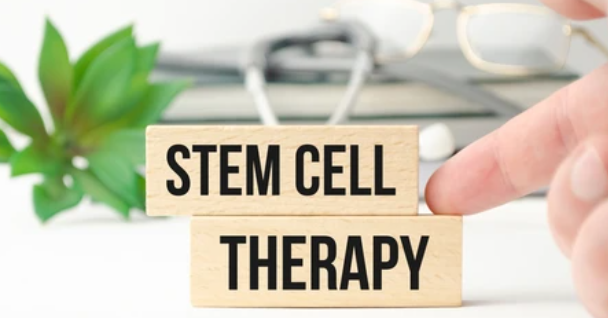Eyestem’s pioneering Dry AMD treatment receives positive recommendation from Drug Safety Monitoring Board (DSMB)
October 23, 2024 | Wednesday | News
For first cohort of Phase one trial to treat Geographic Atrophy, secondary to Dry AMD
image credit- shutterstock
Bengaluru-based company Eyestem Research, focused on creating scalable cell therapies for incurable diseases, has announced a positive outcome of the Drug Safety Monitoring Board (DSMB) review for the first cohort of its Phase one trial to treat Geographic Atrophy secondary to Dry Age-related Macular Degeneration, marking a milestone for Indian science and medical research.
Eyestem’s lead product, Eyecyte-RPE™, is a patented suspension of retinal pigment epithelium cells aimed at combating geographic atrophy arising from Dry AMD. This pioneering treatment marks a major milestone in the global fight against vision loss, as it has the potential to replace damaged retinal cells.
Human induced pluripotent stem cells (hiPSCs) derived Eyecyte-RPE developed by Eyestem, can help replace the damaged or lost retinal pigment epithelial (RPE) cells and potentially enable tissue regeneration in the diseased retina. In addition, stem cells can perform multiple functions, such as immunoregulation, prevention of apoptosis in sensory neurons, and secretion of neurotrophic factors. The cells are derived from induced pluripotent stem cells, are allogeneic in nature, and can be stored for long periods of time.
In a joint statement, Dr. Rajpal Vohra (AIIMS, Delhi), Dr. Raja Narayanan (LV Prasad Eye Institute, Hyderabad), Dr. Rushikesh Naigonkar (Sri Ganpati Netralaya, Jalna), and Dr. Rohan Chawla (AIIMS, Delhi), retinal surgeons involved in the study, said “We are truly excited to see the excellent safety profile of Eyecyte-RPE and early indications of efficacy lead us to believe that this therapy has the potential to be transformational for patients. We look forward to recruiting the second cohort of patients and are excited to be part of the team that brings such innovative therapies closer to patients that need it most.”
The preclinical safety and efficacy studies of Eyecyte-RPE™ have yielded highly encouraging results in three internationally recognised labs in India, Singapore and the US. The therapy demonstrated significant beneficial effects on the degenerating retina in animal models without any major safety concerns, indicating its potential value for combating Dry AMD.









